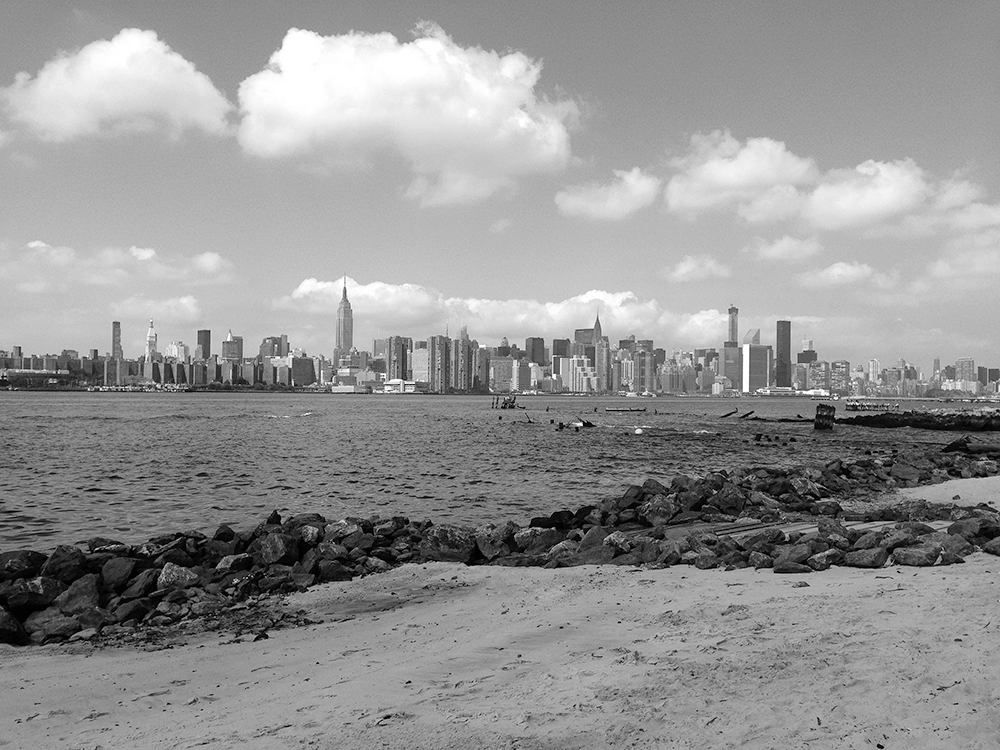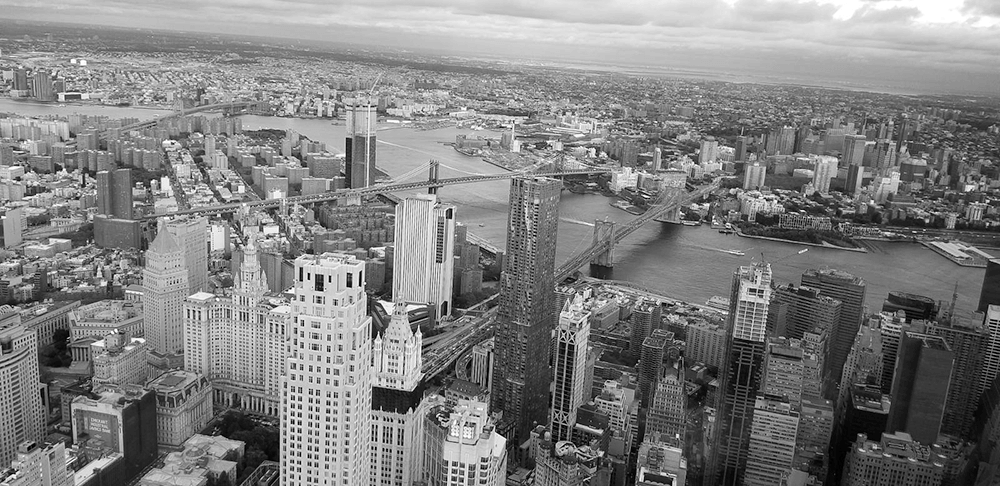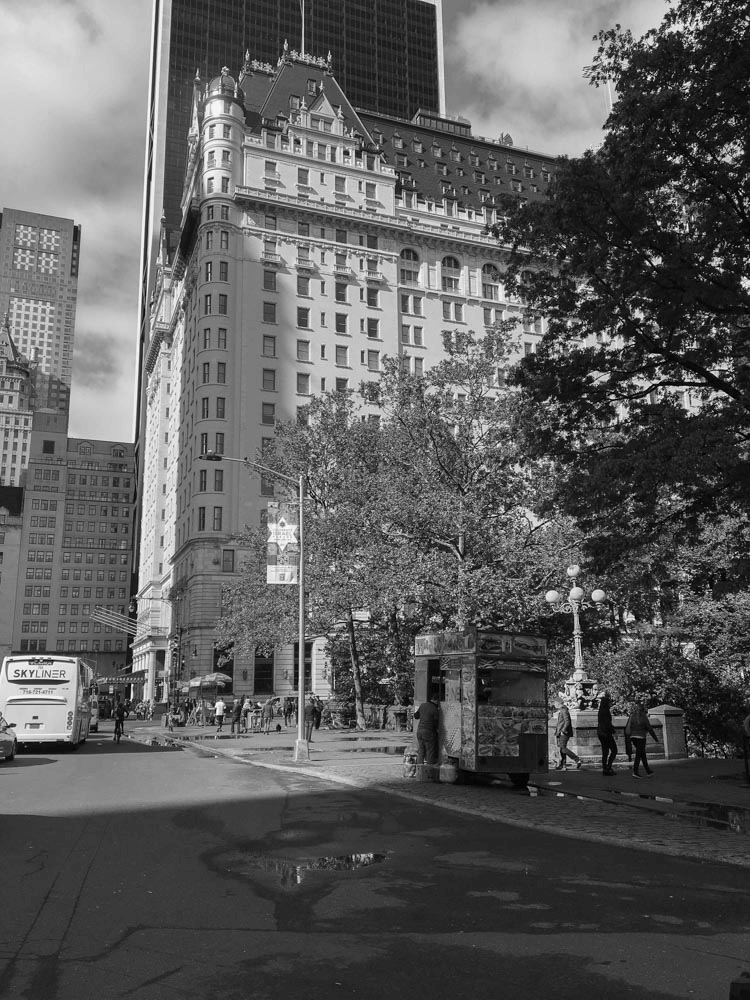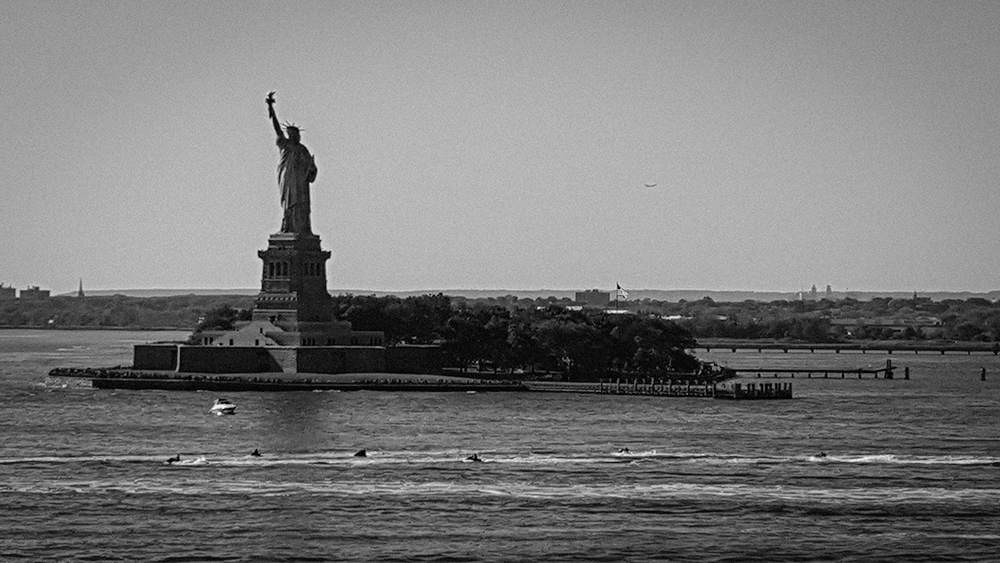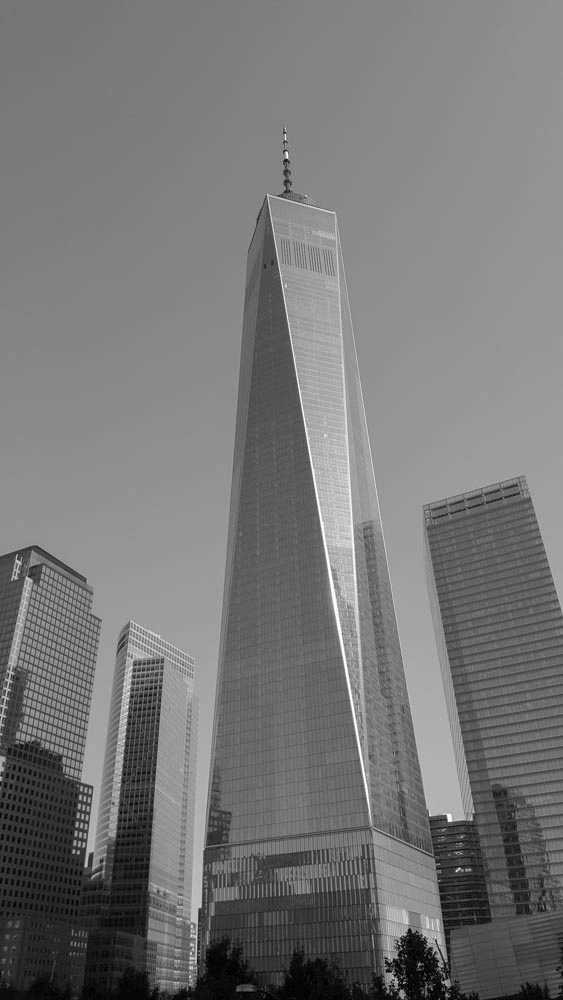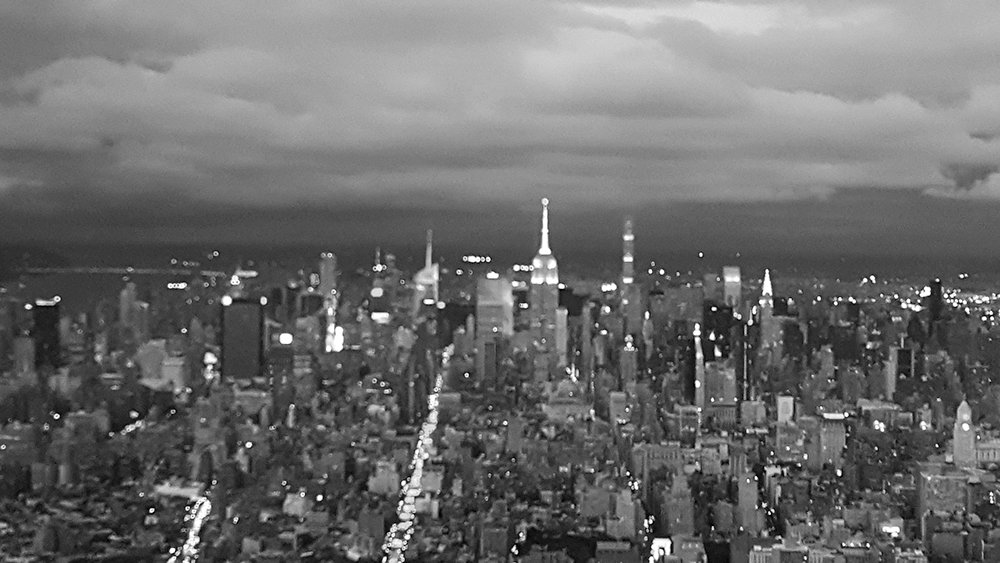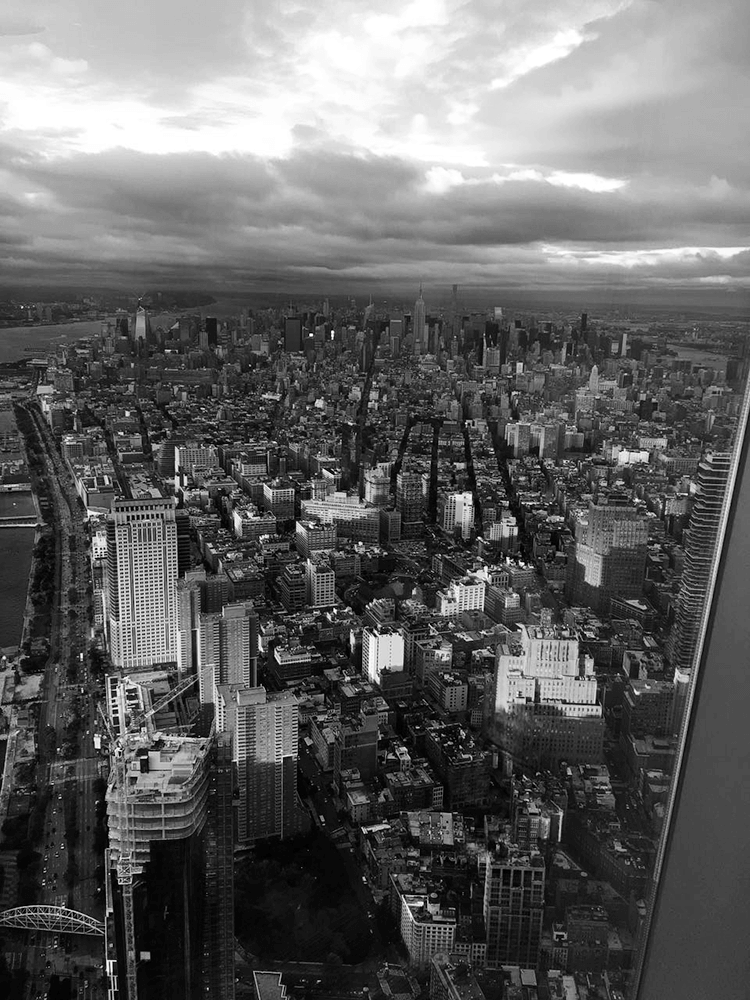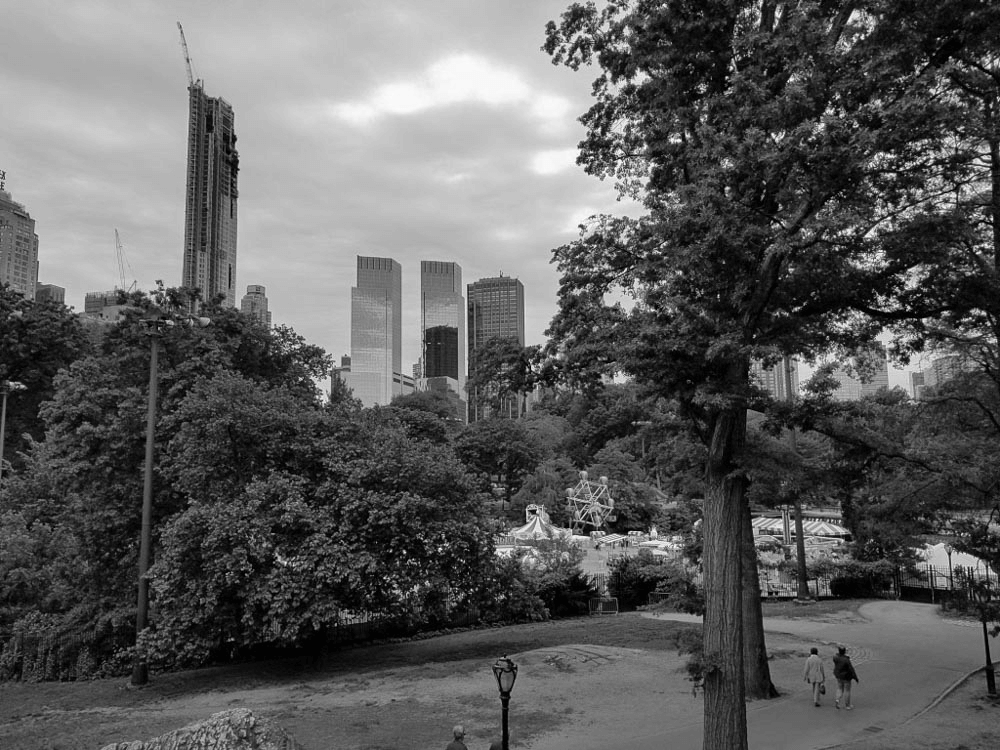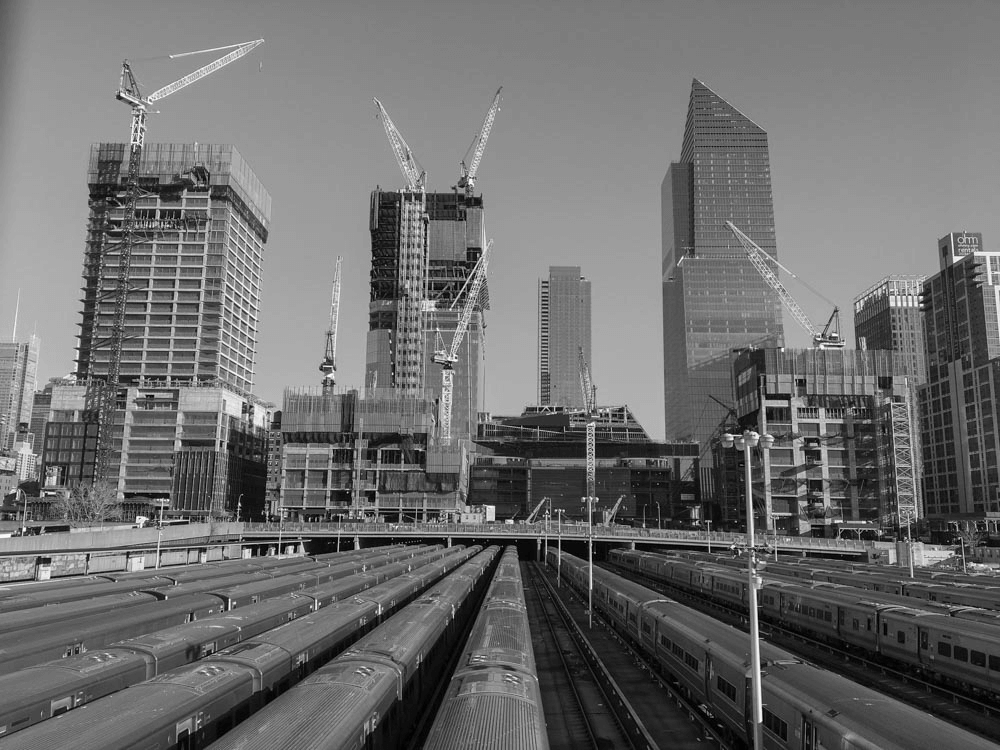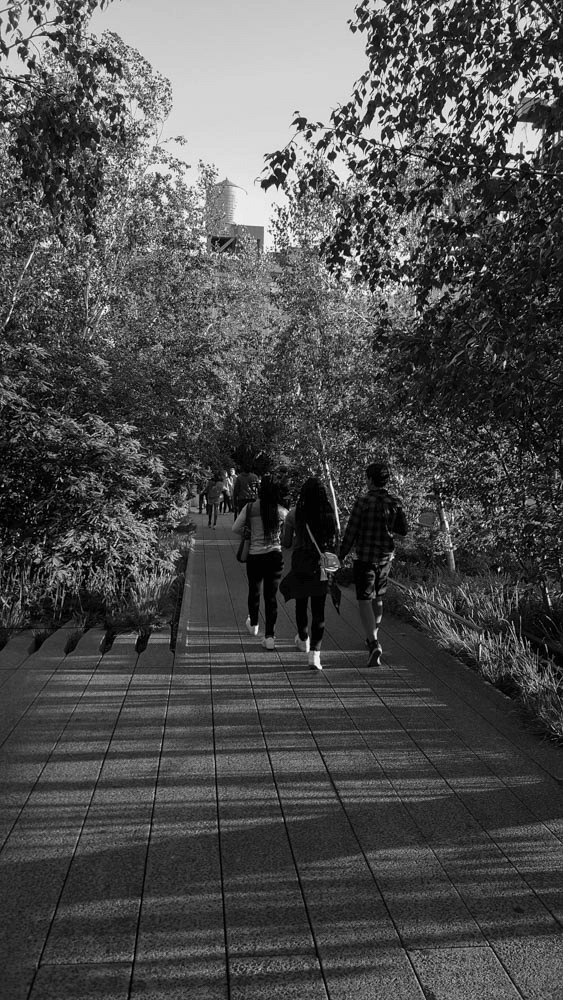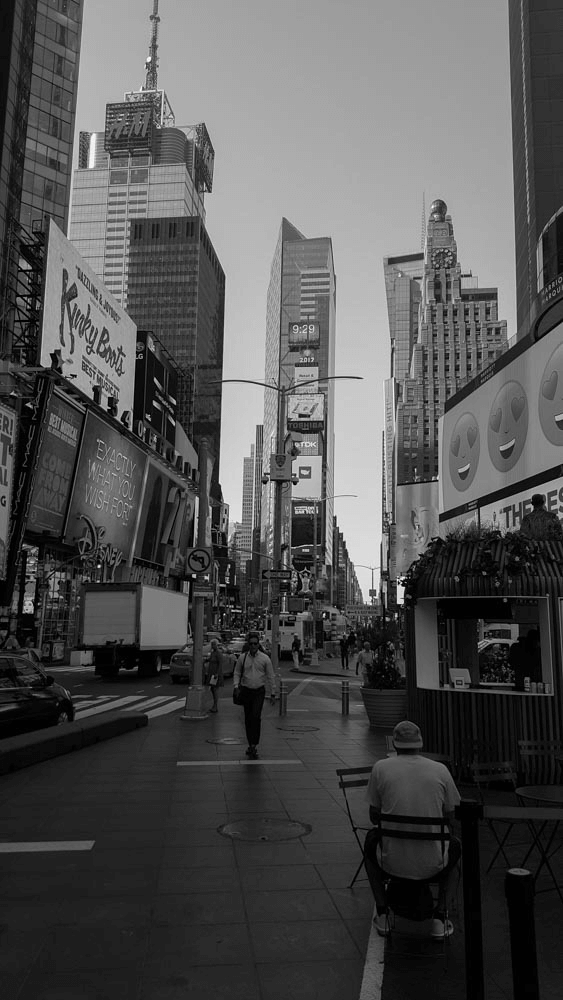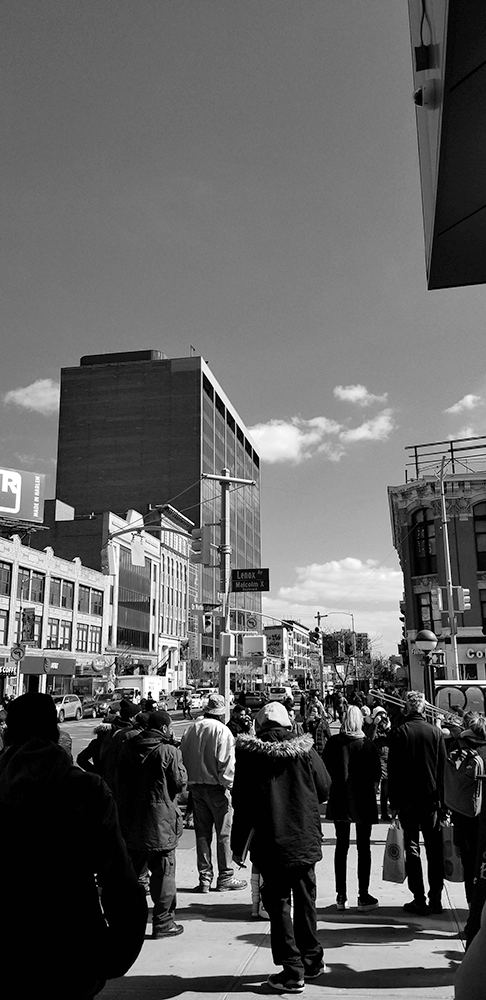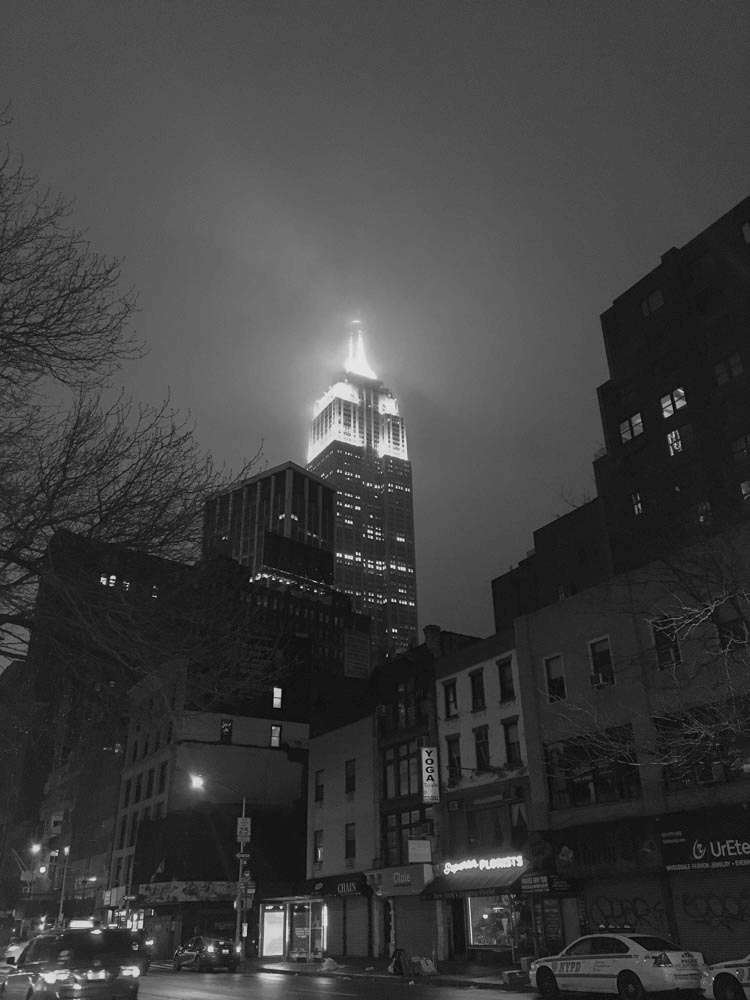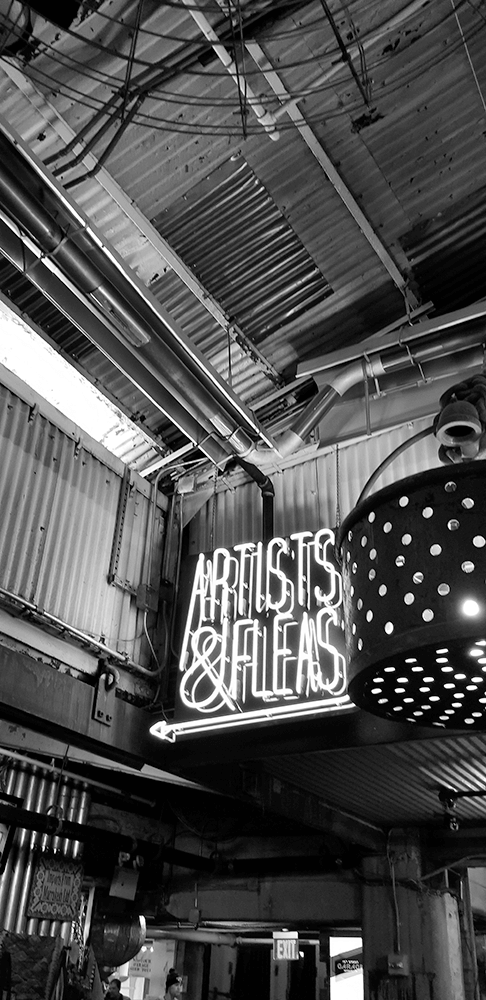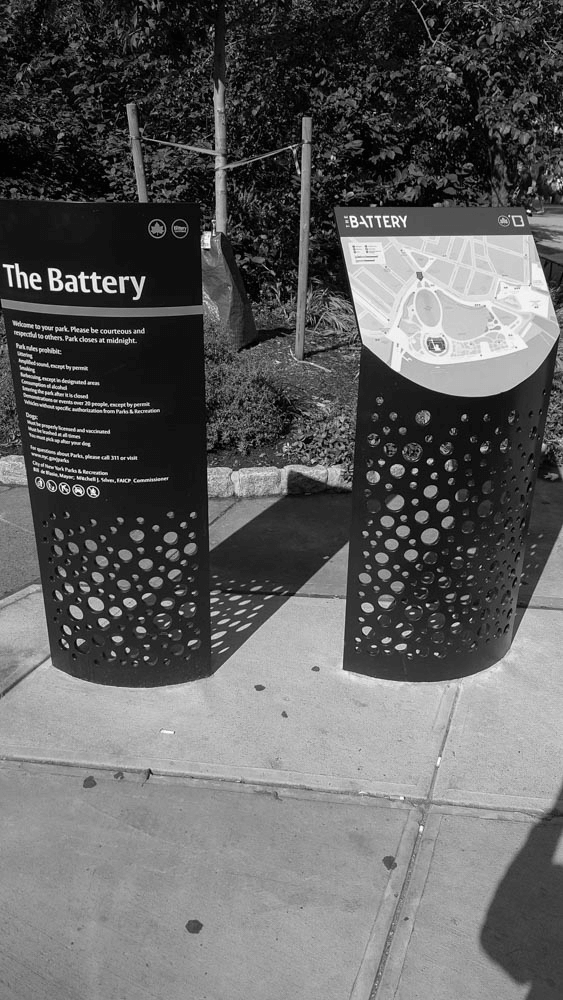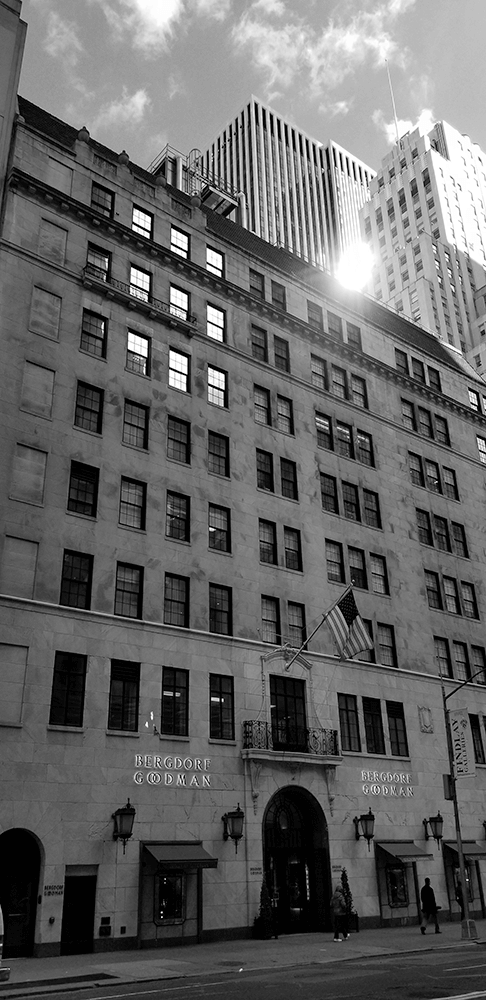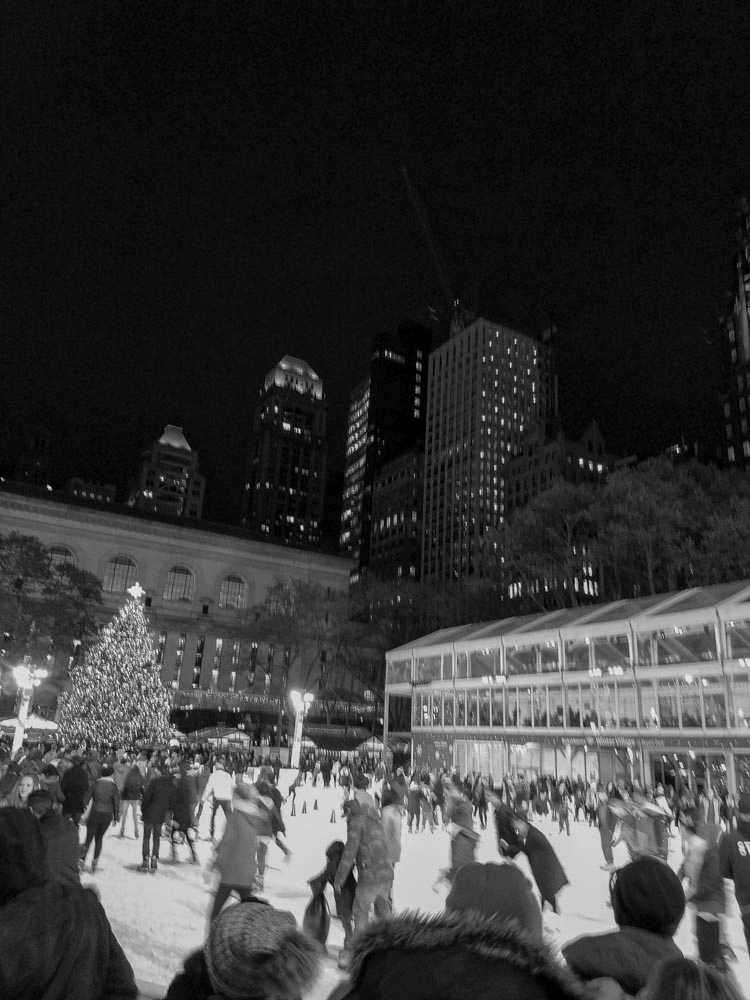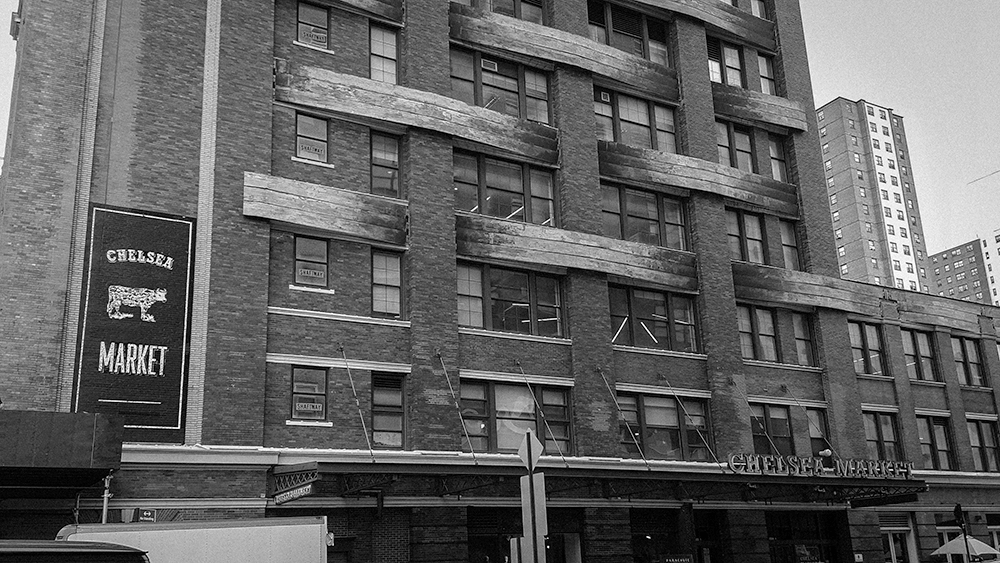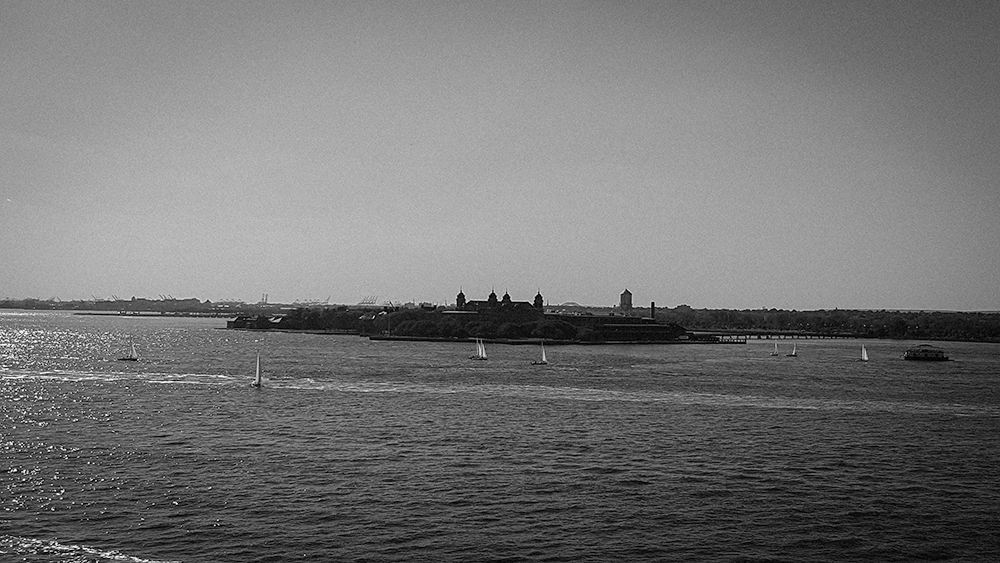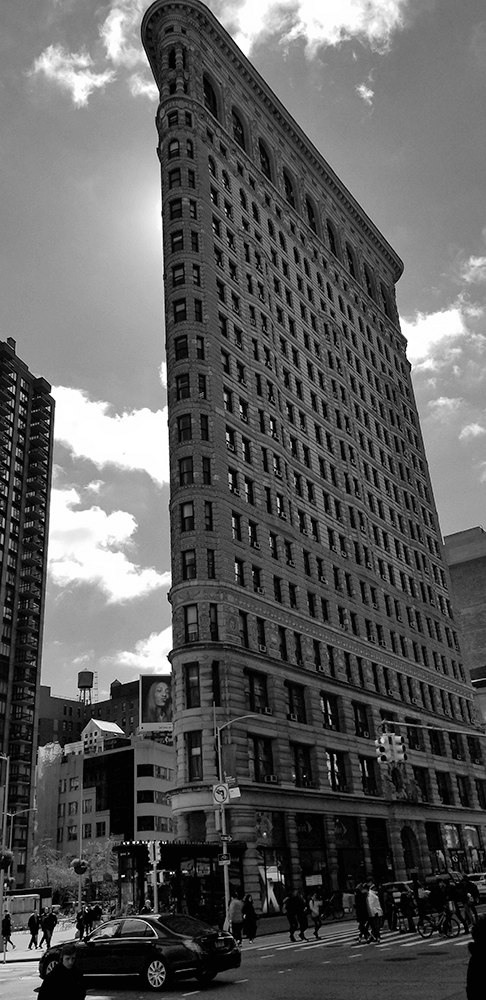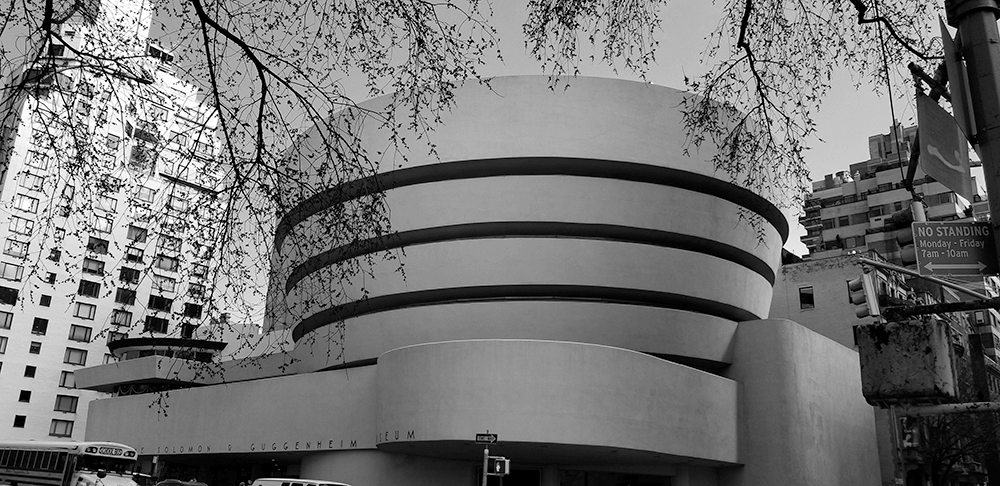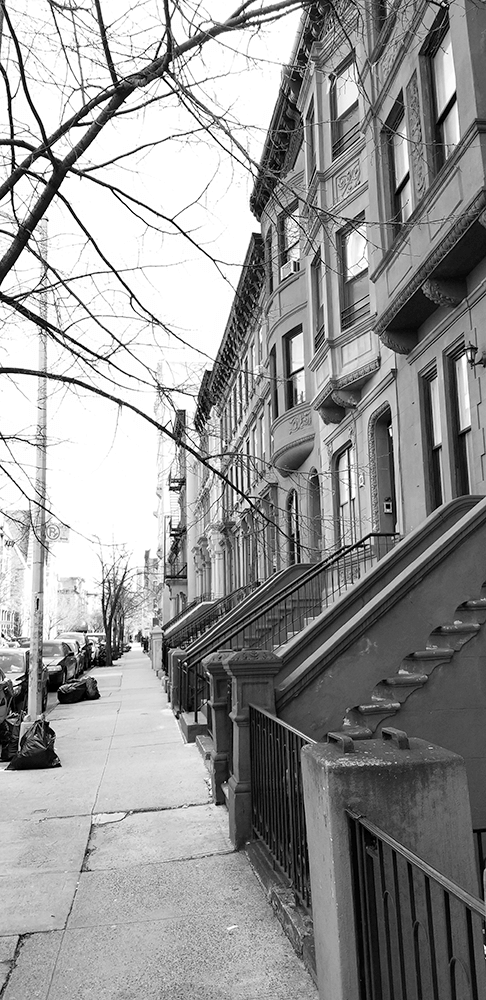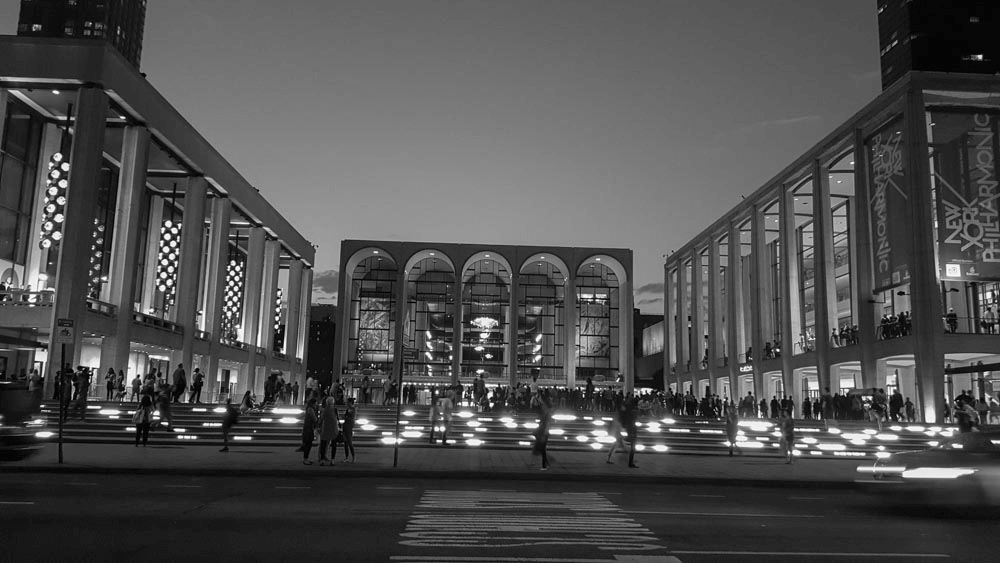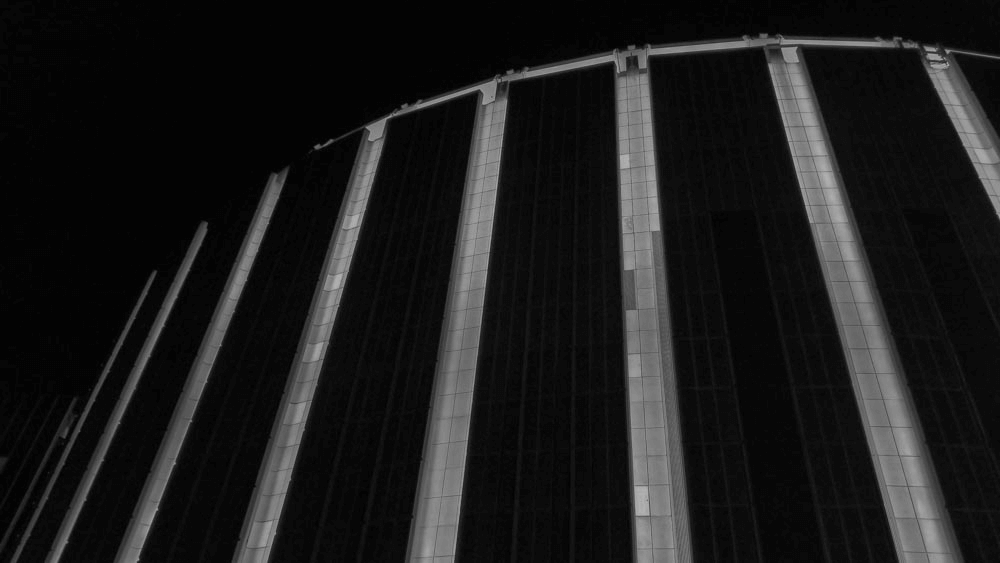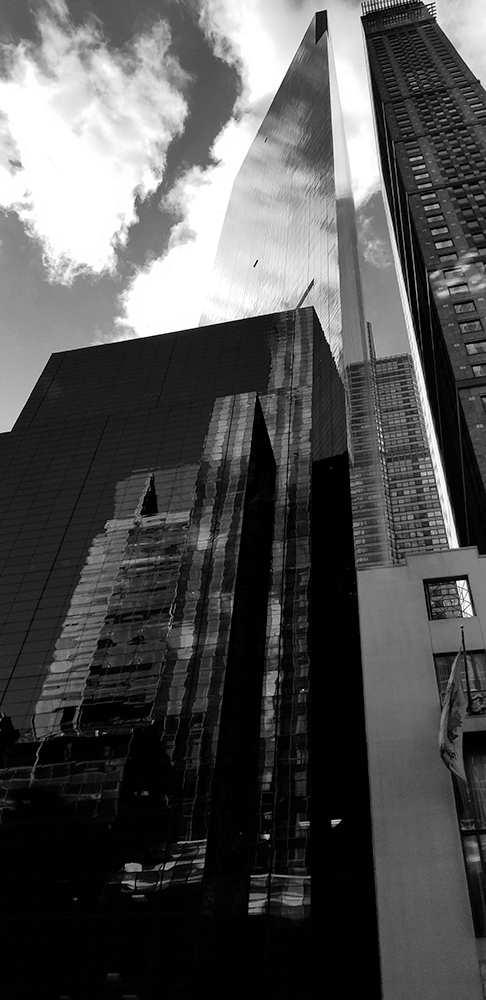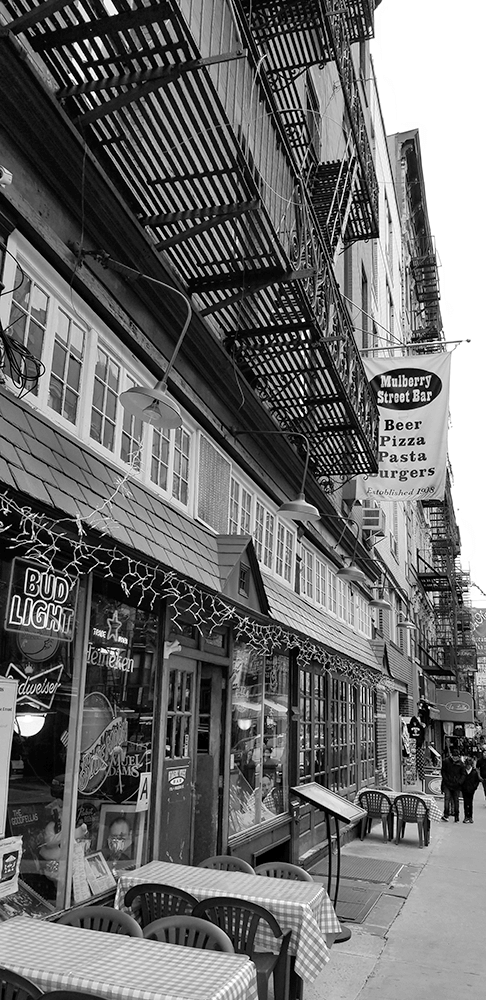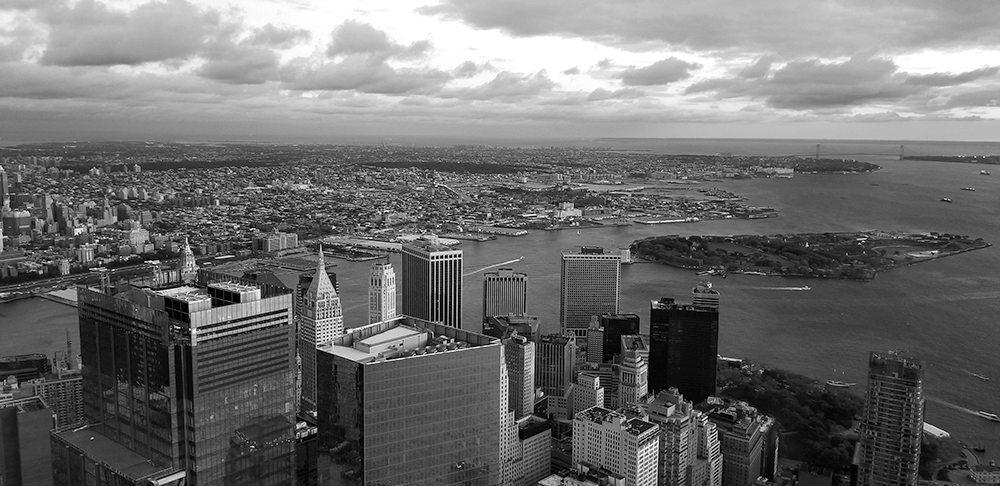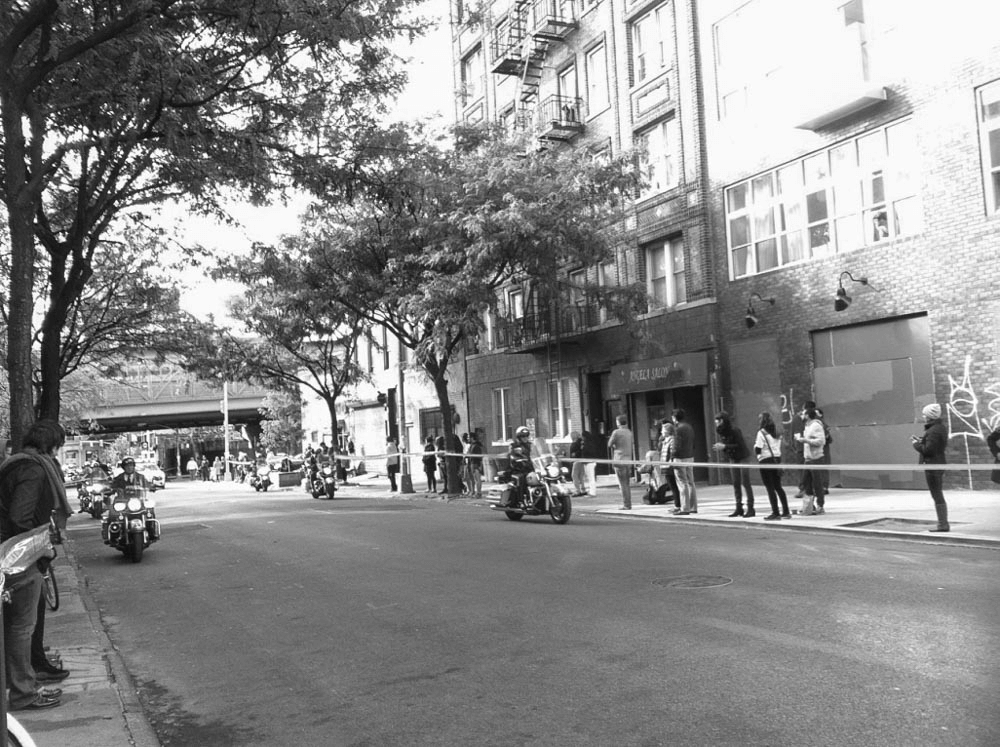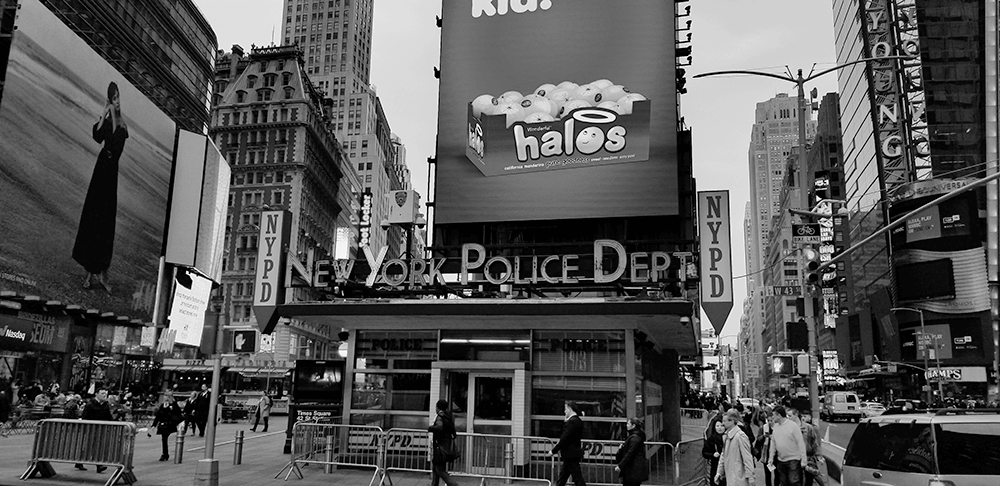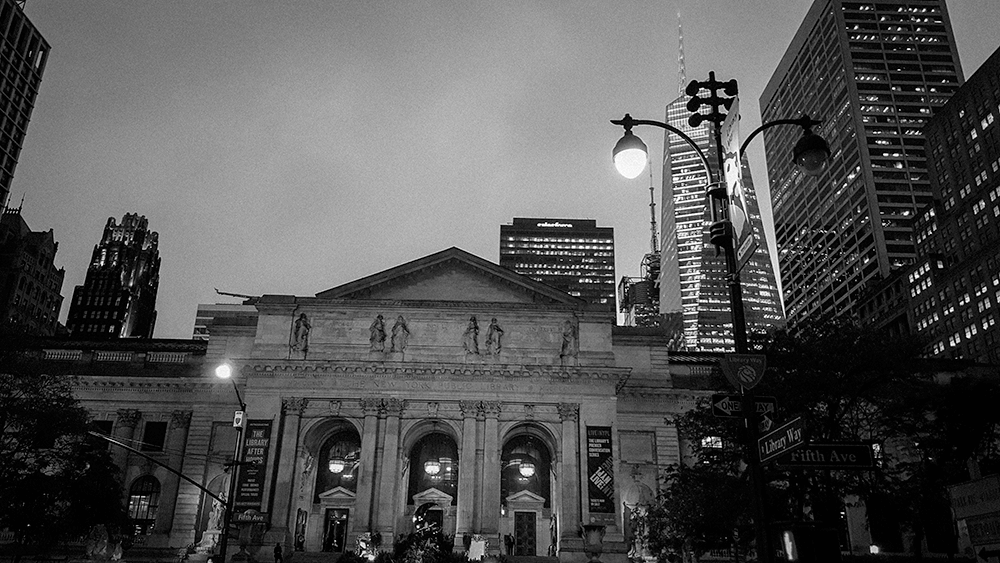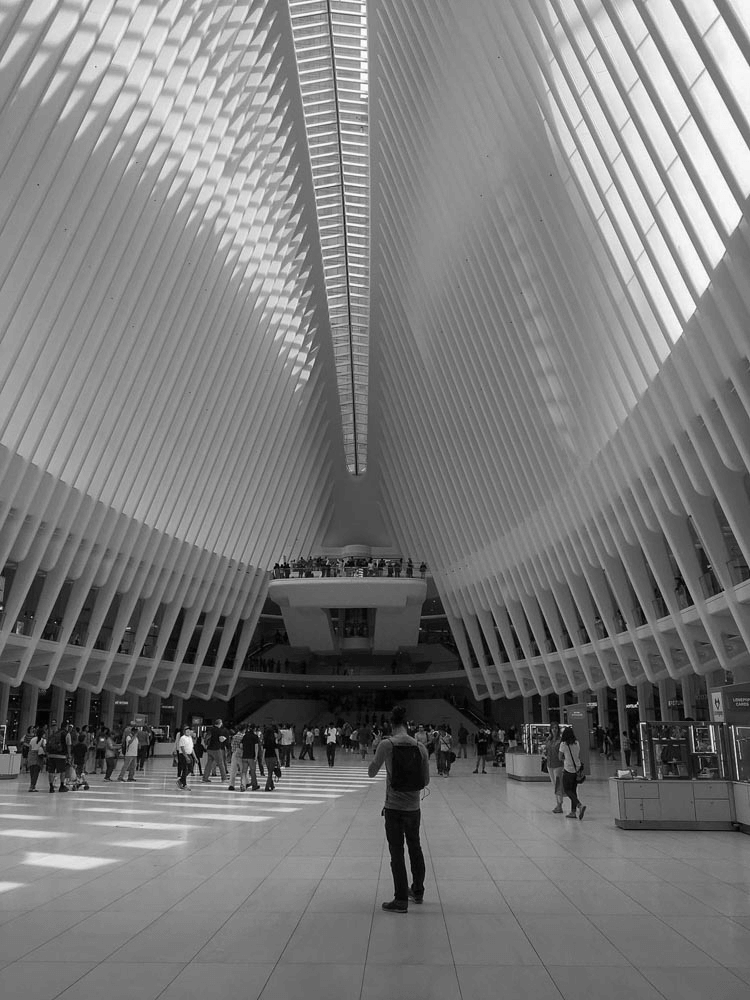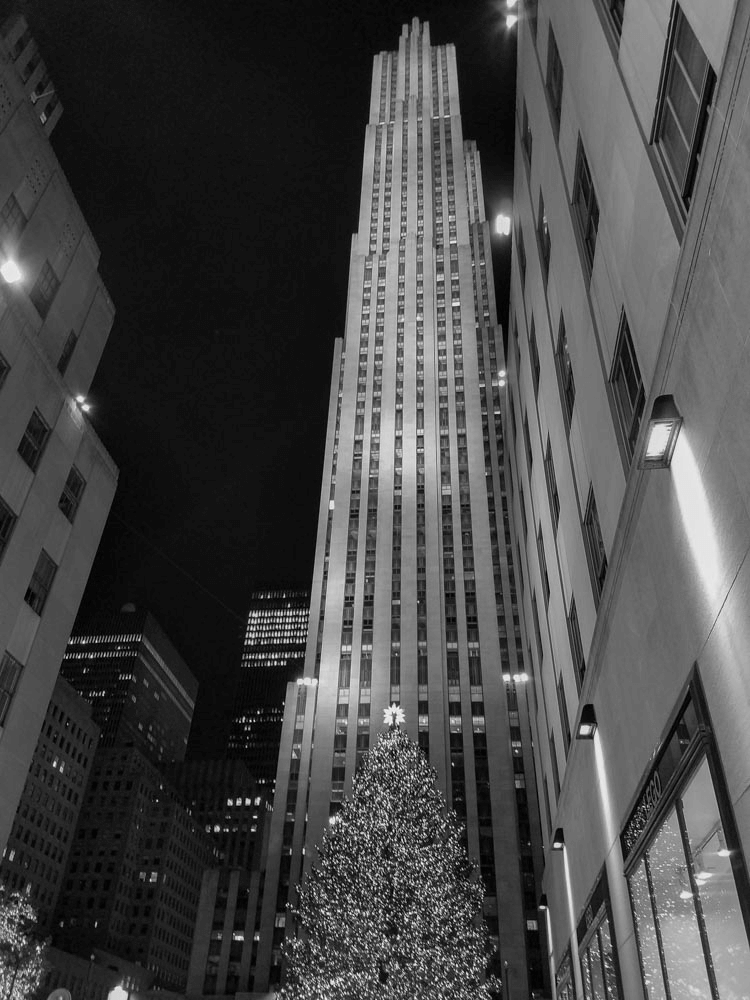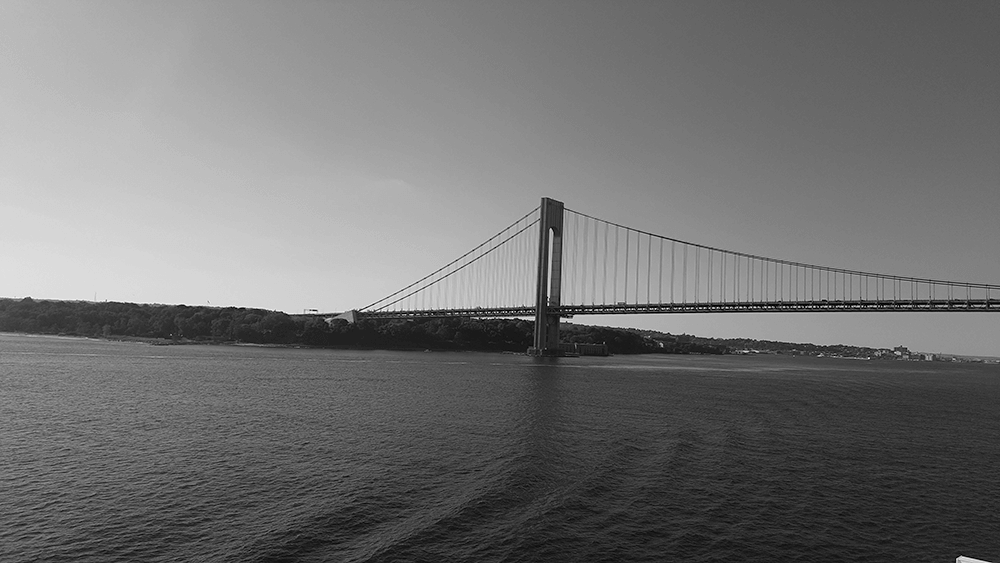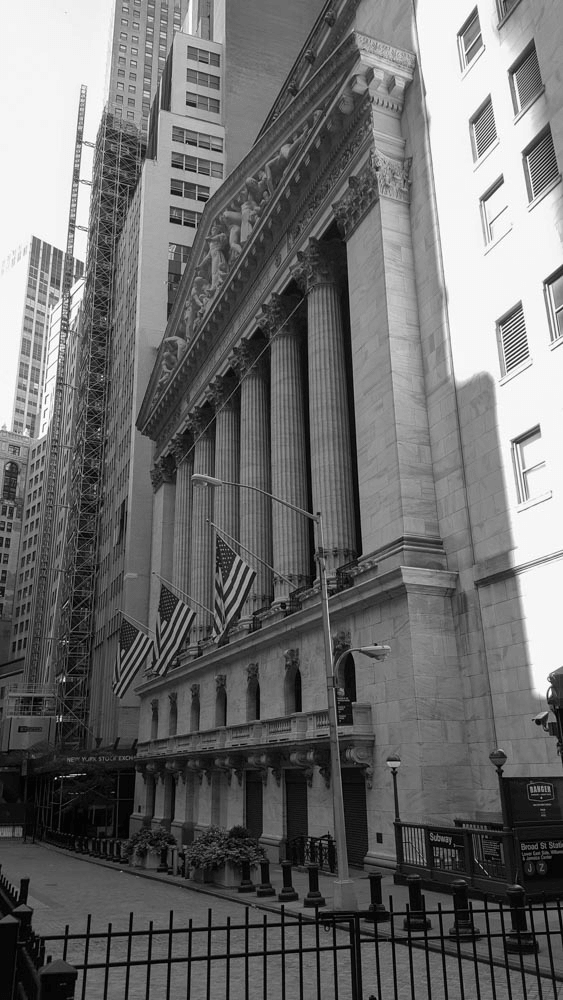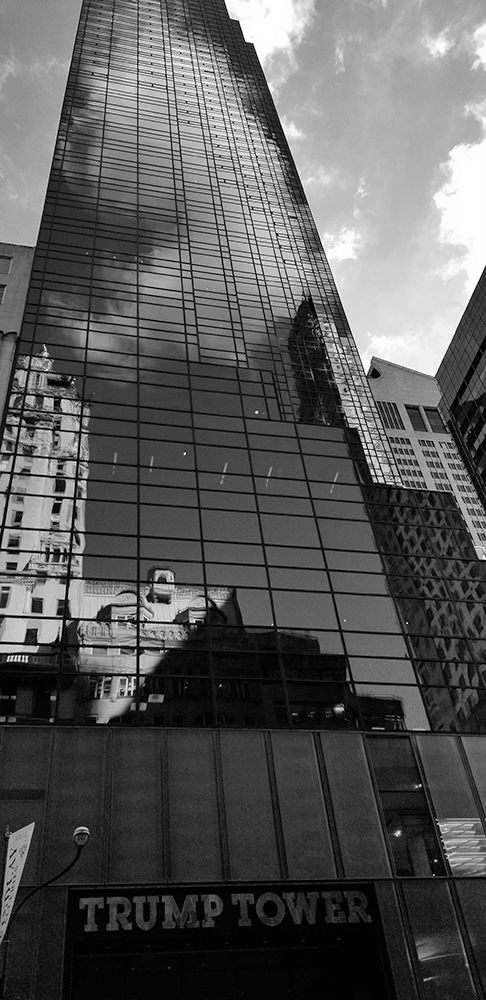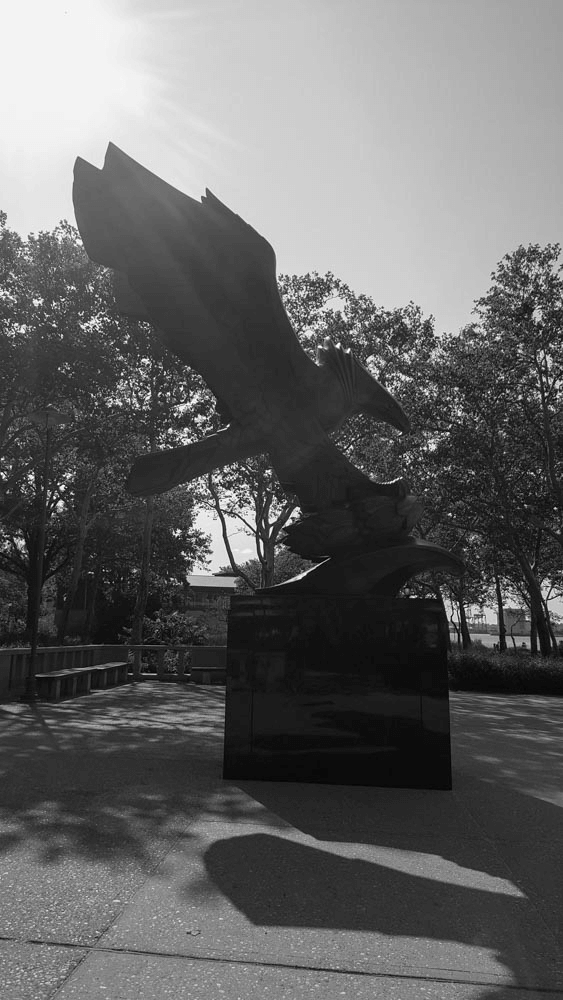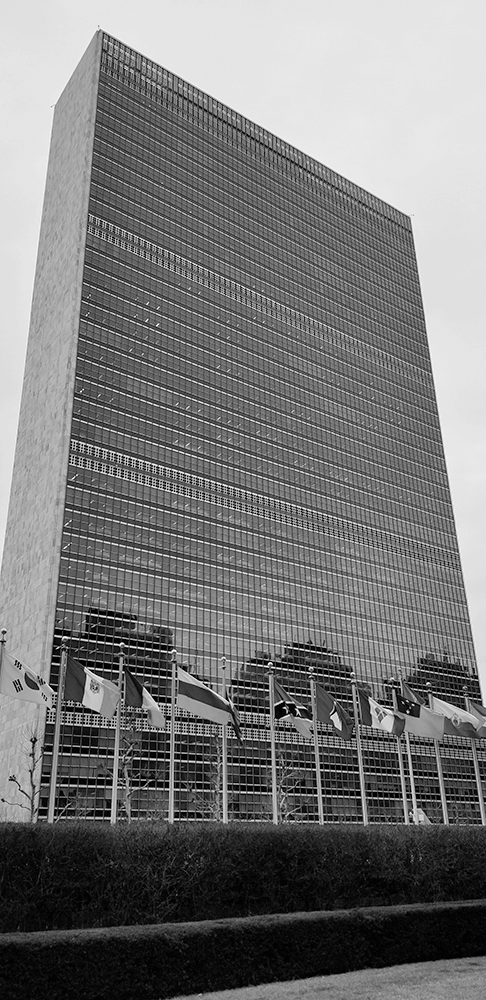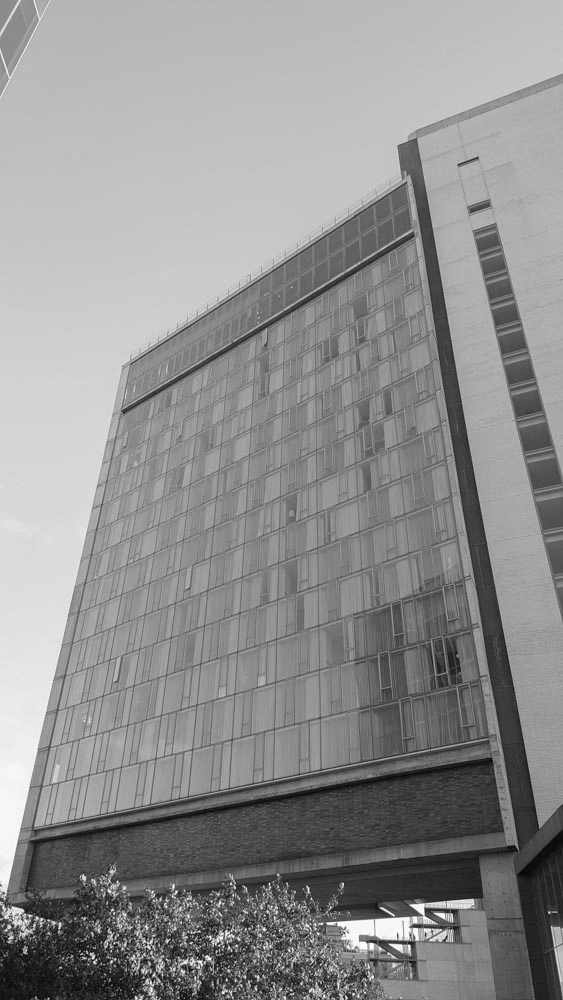Event
July
St. Paulinus Festival
St. Paulinus Festival – Ein Fest der Gemeinschaft und Kultur in New York Das St. Paulinus Festival ist ein bedeutendes jährliches Ereignis in New York City, das die reiche Kultur und Tradition der italienisch-amerikanischen Gemeinschaft feiert. Gegründet zu Ehren von St. Paulinus von Nola, einem heiligen Bischof und Dichter des 4. Jahrhunderts, bringt das Festival Menschen aus verschiedenen Hintergründen zusammen, um die Werte der Gemeinschaft, des Glaubens und der kulturellen Identität zu fördern. Geschichte des Festivals Das St. Paulinus Festival hat seine Wurzeln in den 1920er Jahren, als italienische Einwanderer in New York City eine Möglichkeit suchten, ihre Traditionen und ihren Glauben zu bewahren. Die Feierlichkeiten begannen als kleine religiöse Zeremonien und wuchsen im Laufe der Jahre zu einem großen Fest, das heute Tausende von Besuchern anzieht. Das Festival findet in der Regel im späten Sommer oder frühen Herbst statt und dauert mehrere Tage, wobei es eine Mischung aus religiösen, kulturellen und sozialen Aktivitäten bietet. Veranstaltungsort und Atmosphäre Das Festival findet hauptsächlich in der Umgebung der St. Paulinus Church, die im Herzen der italienisch-amerikanischen Gemeinschaft in Brooklyn liegt. Der Veranstaltungsort verwandelt sich während des Festivals in ein lebhaftes Zentrum voller Farben, Musik und festlicher Dekorationen: Dekorationen: Die Straßen sind mit bunten Fahnen, Lichtern und Blumen geschmückt, die die festliche Stimmung unterstreichen. Stände und Buden bieten eine Vielzahl von Speisen, Getränken und handgefertigten Waren an. Atmosphäre: Die Atmosphäre ist geprägt von Freude und Gemeinschaftsgeist. Familien und Freunde kommen zusammen, um zu feiern, zu essen und sich auszutauschen, während Live-Musik und Tanz die Luft erfüllen. Programm und Aktivitäten Das St. Paulinus Festival bietet ein reichhaltiges Programm, das sowohl religiöse Zeremonien als auch kulturelle Veranstaltungen umfasst: Religiöse Zeremonien: Das Festival beginnt oft mit einer festlichen Messe zu Ehren von St. Paulinus, bei der die Gemeinde zusammenkommt, um zu beten und ihre Dankbarkeit zu zeigen. Diese Zeremonien sind ein zentraler Bestandteil des Festivals und betonen die spirituelle Dimension der Feierlichkeiten. Kulturelle Darbietungen: Neben den religiösen Aktivitäten umfasst das Festival Aufführungen von lokalen Künstlern, Musikgruppen und Tänzern. Traditionelle italienische Musik, Folkloretänze und moderne Darbietungen sorgen für Unterhaltung und bringen die Besucher in Feierlaune. Essen und Trinken: Ein Highlight des Festivals ist die große Auswahl an italienischen Speisen, die von lokalen Restaurants und Anbietern angeboten werden. Von frischen Pasta-Gerichten über Pizza bis hin zu traditionellen Desserts wie Cannoli und Tiramisu – die kulinarischen Köstlichkeiten sind ein wichtiger Teil der Erfahrung. Familienaktivitäten: Das Festival bietet auch eine Vielzahl von Aktivitäten für Kinder und Familien, darunter Spiele, Wettbewerbe und Bastelstände. Diese Aktivitäten fördern den Gemeinschaftsgeist und sorgen dafür, dass Besucher jeden Alters Spaß haben. Bedeutung für die Gemeinschaft Das St. Paulinus Festival hat eine wichtige soziale und kulturelle Bedeutung für die italienisch-amerikanische Gemeinschaft in New York. Es bietet eine Plattform, um Traditionen zu bewahren und weiterzugeben, und stärkt die Bindungen innerhalb der Gemeinschaft. Das Festival fördert auch das Bewusstsein für die italienische Kultur und Geschichte, indem es Menschen aus verschiedenen Hintergründen zusammenbringt. Das St. Paulinus Festival ist ein herausragendes Beispiel für die Feier der kulturellen Identität und Gemeinschaft in New York City. Durch seine Mischung aus religiösen Zeremonien, kulturellen Darbietungen und festlichen Aktivitäten schafft es eine Atmosphäre der Freude und des Zusammenhalts. Das Festival ist nicht nur eine Hommage an St. Paulinus, sondern auch eine Feier des Lebens, der Liebe und der Traditionen, die die italienisch-amerikanische Gemeinschaft prägen. Ein Besuch des St. Paulinus Festivals ist eine wunderbare Gelegenheit, die Vielfalt und den Reichtum der Kulturen in New York zu erleben und die Werte von Gemeinschaft und Glauben zu feiern.
1 2 NYCGO 3 4
